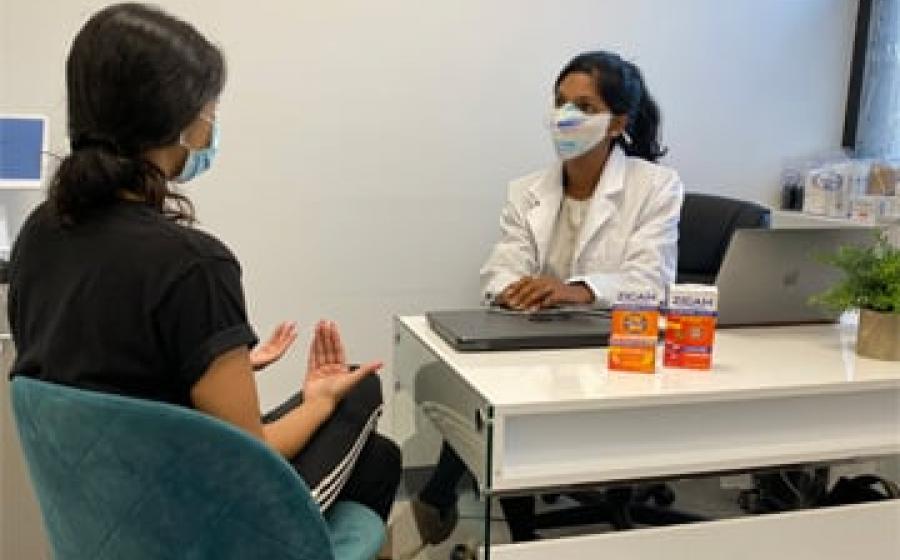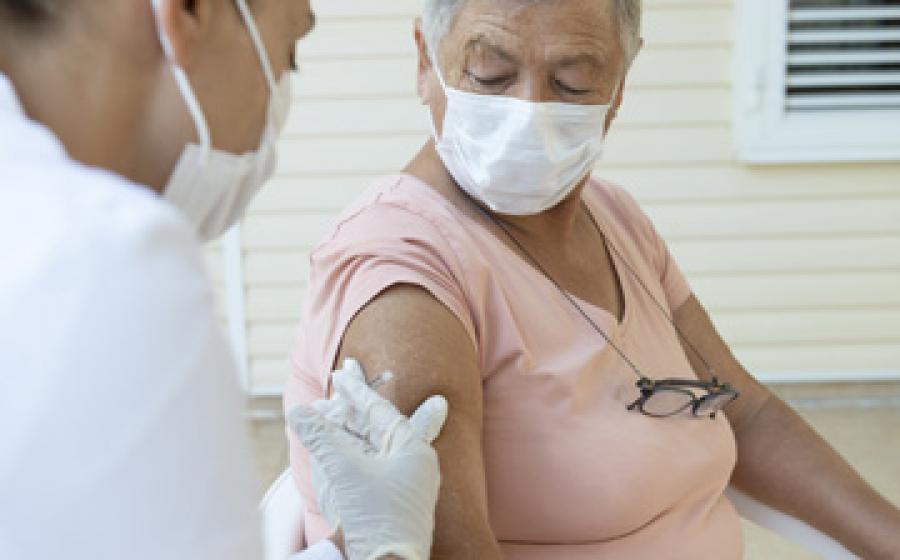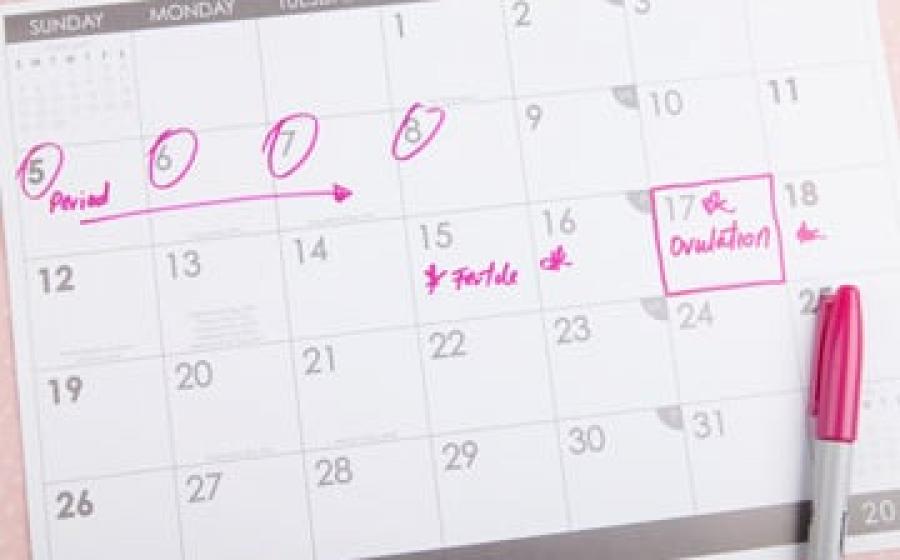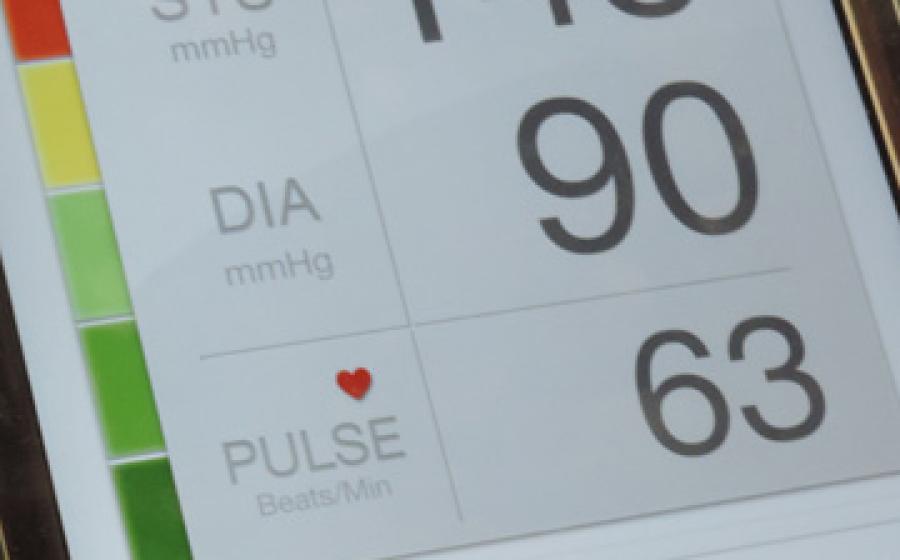Tips to Stay Healthy this Cold and Flu Season
(NewsUSA) - The end of summer and beginning of fall is an exciting time for all. With pumpkin picking, hayrides, and spooky festivities to look forward to, it is crucial that everyone is prepared to tackle the onset of cold and flu season so that those crisp-air activities can be fully enjoyed. Dr. Shirin Peters, a NYC internist at Bethany Medical Clinic, provides tips ahead of cold and flu season on how to best prepare and stay healthy.
- The end of summer and beginning of fall is an exciting time for all. With pumpkin picking, hayrides, and spooky festivities to look forward to, it is crucial that everyone is prepared to tackle the onset of cold and flu season so that those crisp-air activities can be fully enjoyed. Dr. Shirin Peters, a NYC internist at Bethany Medical Clinic, provides tips ahead of cold and flu season on how to best prepare and stay healthy.
"Autumn is a fun time to participate in outdoor activities with family and friends, but sometimes we forget that cold and flu season is beginning, and we are not always prepared," says Dr. Peters. "My tips below are designed to help people of all ages be prepared ahead of cold and flu season and remain healthy."
* Get vaccinated. Mask wearing and social distancing contributed to a less-severe-than-normal cold and flu season during 2020-2021, and with COVID-19 restrictions expected to continue to decrease, it is more important than ever to get vaccinated. The CDC recommends all persons aged 6 months and older receive an annual flu vaccine as they are safe and proven to be effective in preventing sickness, and reducing the risk of having flu-like symptoms. The pandemic is ongoing and flu-like symptoms require COVID testing and potential quarantine at home, which is what many seek to avoid.
* Keep your body moving. It is estimated that people who exercise 30 - 45 minutes a day experience 40% - 50% fewer sick days. Whether it be taking a daily walk during your lunch break, jogging in the morning, or attending a workout class with a friend, keeping your body moving will help you avoid getting sick. If you're new to daily exercise, try starting small by incorporating 2-3 workouts/activities a week and gradually increasing over time.
* Stock your medicine cabinet. Take advantage of the time that you are feeling well to prepare your medicine cabinet for when you're not. Throw out any expired medications and replace with fresh decongestants and antihistamines. And be sure to remember to pick up fever and pain relief products as well as a cold shortener so you can get back on your feet quicker. Zicam RapidMelts® and Zicam Cold Remedy Nasal Spray® are great products, as they shorten colds versus just temporarily relieving symptoms.
* Stock your pantry. It's important to stock your medicine cabinet in preparation for cold and flu season, but it's also just as important to stock your pantry. Having comfort foods and energizing drinks on hand for when you're not feeling well is crucial in your recovery process. Try stocking up on frozen vegetables, which will provide your body with nutrients when you're feeling sick, ice pops, which will soothe a sore throat, and chicken soup, which will help eliminate chills.
* Create a cleaning routine. It has been proven that cold and flu viruses can survive for days on uncleaned surfaces such as metal, plastic, and wood. So cleaning household surfaces and objects is one of the best precautions you can take to protect yourself and your family from contracting illness. Create a twice- weekly cleaning routine in which you heavily soak countertops, doorknobs, and TV remotes with antibacterial, bleach and hydrogen peroxide products.
About Shirin Peters, M.D.
Shirin Peters, M.D. attended college at New York Medical College and completed her residency at the Former St. Vincent's Hospital in Manhattan, NY. The following year, she worked at a private practice in North Carolina and learned more about the business of medicine. She returned to New York City and founded Bethany Medical Clinic of New York in 2011. She feels that New Yorkers face unique health challenges and set out to build a model of care that could reduce illness and improve health for New Yorkers and all city-dwellers. She uses her diverse past work experiences, and her understanding.



 - People suffer from oral pain for a variety of reasons -- a cavity that needs to be filled, sensitive gums, canker sores, dry socket or, most commonly, a nagging toothache.
- People suffer from oral pain for a variety of reasons -- a cavity that needs to be filled, sensitive gums, canker sores, dry socket or, most commonly, a nagging toothache.
 - The arrival of the COVID-19 pandemic has forced people to live most of their lives, including work, entertainment, and personal interactions, online. All this screen time has taken a toll, as more people of all ages are reporting symptoms of "cybersickness."
- The arrival of the COVID-19 pandemic has forced people to live most of their lives, including work, entertainment, and personal interactions, online. All this screen time has taken a toll, as more people of all ages are reporting symptoms of "cybersickness."
 - Cooling towers, a key component on large buildings, require special levels of cleaning to control biocontaminants including Legionella, heterotrophic bacteria, and others. However, poorly maintained towers, which are often treated with corrosive chemicals, can become 'super spreaders' of Legionnaires' Disease, an acute bacterial infection of the lower respiratory tract that is not rare and causes severe pneumonia.
- Cooling towers, a key component on large buildings, require special levels of cleaning to control biocontaminants including Legionella, heterotrophic bacteria, and others. However, poorly maintained towers, which are often treated with corrosive chemicals, can become 'super spreaders' of Legionnaires' Disease, an acute bacterial infection of the lower respiratory tract that is not rare and causes severe pneumonia.
 -As we head into fall and go back to school, it's more important than ever to carry on with healthy hydration habits from the long, hot days of summer. The human body is made up of 50% water. In order to achieve peak hydration needs, kids ages 4-8 require five cups of water per day and kids ages 8+ require 7-8 cups per day.
-As we head into fall and go back to school, it's more important than ever to carry on with healthy hydration habits from the long, hot days of summer. The human body is made up of 50% water. In order to achieve peak hydration needs, kids ages 4-8 require five cups of water per day and kids ages 8+ require 7-8 cups per day.
 - The past year-and-a-half has brought unprecedented levels of stress to everyone, but parents in particular shouldered an extra load, as children's schedules (and emotions) were turned upside down. In fact, Gallup's 2021 Emotions Report shows that women with young children at home were hit the hardest in terms of pandemic stress and worry.
- The past year-and-a-half has brought unprecedented levels of stress to everyone, but parents in particular shouldered an extra load, as children's schedules (and emotions) were turned upside down. In fact, Gallup's 2021 Emotions Report shows that women with young children at home were hit the hardest in terms of pandemic stress and worry.
 - Lung cancer kills more people each year than breast, colon and prostate cancers combined. To address this, new federal recommendations have nearly doubled the number of Americans eligible for lung cancer screening.
- Lung cancer kills more people each year than breast, colon and prostate cancers combined. To address this, new federal recommendations have nearly doubled the number of Americans eligible for lung cancer screening.
 - Getting vaccinated is the most important step we can all take to protect ourselves and our loved ones from COVID-19, but for many people with disabilities, getting vaccinated has proven to be difficult. The Disability Information and Access Line (DIAL), a first-of-its-kind national call center, can help.
- Getting vaccinated is the most important step we can all take to protect ourselves and our loved ones from COVID-19, but for many people with disabilities, getting vaccinated has proven to be difficult. The Disability Information and Access Line (DIAL), a first-of-its-kind national call center, can help.
 - Following a significant drop in babies born in the last year, some forecasters are now predicting a 'mini baby boom' in 2022. If you are now considering starting or growing your family, maximizing fertility and learning about your health is a critical place to begin. The below Q&A will help guide you as you embark on your path to pregnancy.
- Following a significant drop in babies born in the last year, some forecasters are now predicting a 'mini baby boom' in 2022. If you are now considering starting or growing your family, maximizing fertility and learning about your health is a critical place to begin. The below Q&A will help guide you as you embark on your path to pregnancy.
 - Casi la mitad de los estadounidenses adultos presenta presión arterial alta y quizás usted no sepa que también la tiene hasta sufrir complicaciones, como un ataque cardiaco, un derrame cerebral insuficiencia renal, pérdida de la visión o problemas sexuales. Además, tener presión arterial alta puede empeorar un cuadro de COVID-19, según la Asociación Americana del Corazón.
- Casi la mitad de los estadounidenses adultos presenta presión arterial alta y quizás usted no sepa que también la tiene hasta sufrir complicaciones, como un ataque cardiaco, un derrame cerebral insuficiencia renal, pérdida de la visión o problemas sexuales. Además, tener presión arterial alta puede empeorar un cuadro de COVID-19, según la Asociación Americana del Corazón.



